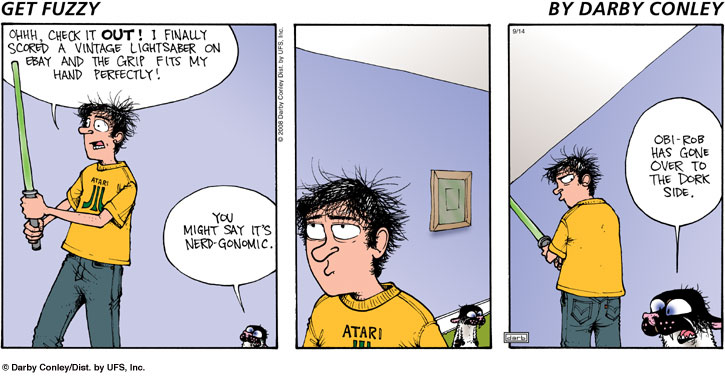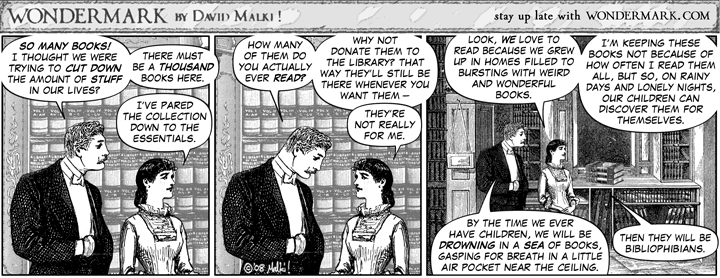HaveToHave
From the character Morton (played by Robert Wagner) in the 2005 movie The Fallen Ones:
(1) We have a lot of earth to move and maintain structural integrity.
The sentence has have used in two different ways in the conjuncts: with a NP object in the first conjunct, with a VP complement in the second (where it's apparently the obligative have of We have to maintain structural integrity). This is formally similar to the GoToGo construction of
(2) She's going to San Francisco and talk on firewalls.
(which has go used in two different ways in the conjuncts: as a motion verb, with a directional complement, in the first conjunct, but as a prospective quasi-modal, with a VP complement, in the second conjunct). Because of this parallel, I'll call the configuration in (1) HaveToHave.
Read the rest of this entry »
Permalink Comments off




